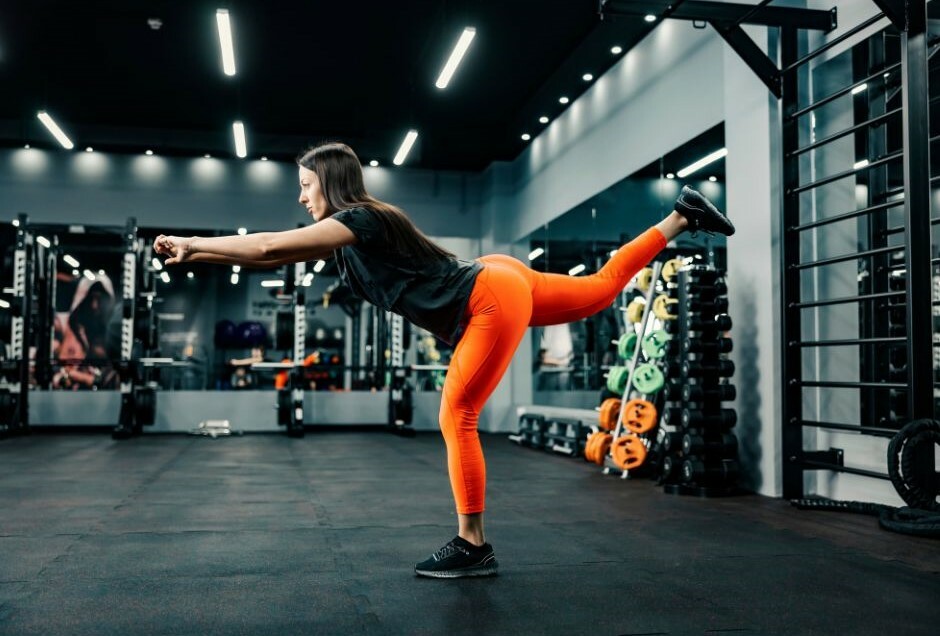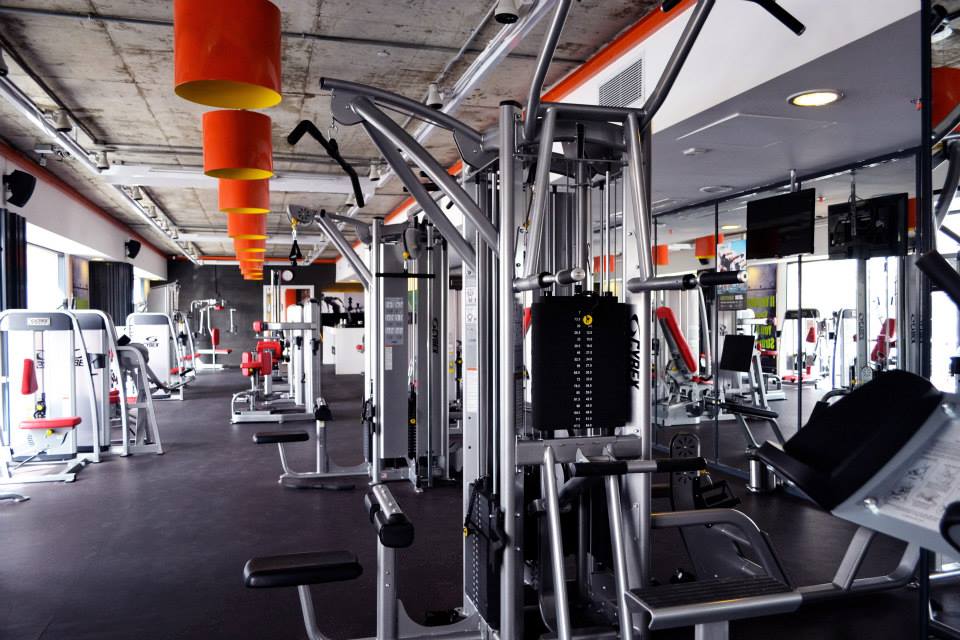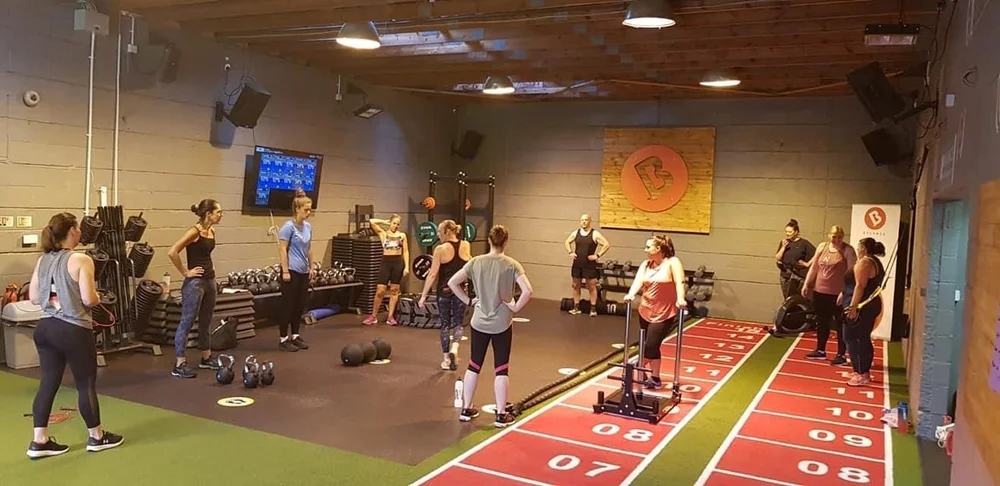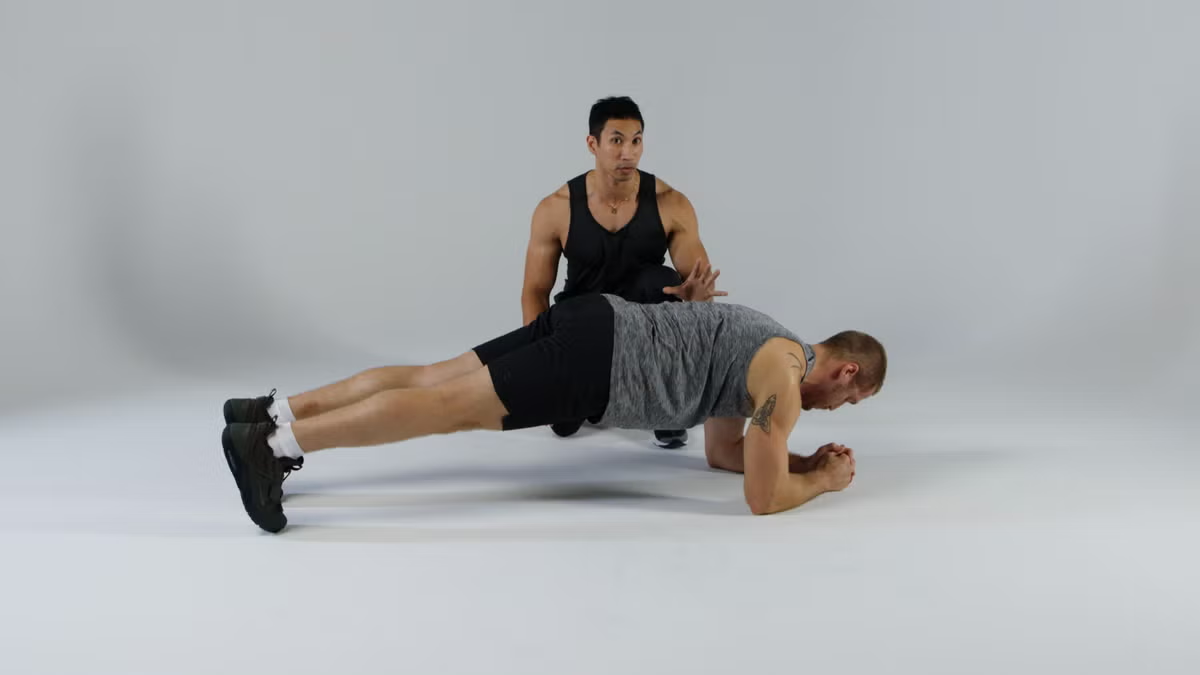Picture this: It’s a crisp fall morning, and I’m out for my usual jog around the neighborhood. Leaves crunch underfoot, the air smells like coffee from the corner cafe, and everything feels perfect—until I hit that sneaky patch of wet pavement. One slip, a flail of arms, and suddenly I’m windmilling like a cartoon character, heart pounding as I barely catch myself on a lamppost. No major spill, thank goodness, but it was a wake-up call. At 42, I thought I had it all figured out—decent fitness routine, no major injuries—but balance? That sneaky skill we take for granted until it betrays us. Turns out, weaving in targeted exercises can turn those wobbly moments into confident strides. If you’ve ever teetered on the edge of a curb or felt off-kilter during a hike, stick with me. We’re diving into the top five exercises that can sharpen your stability, backed by real science and a dash of my own trial-and-error tales.
Why Balance Matters More Than You Think
We often chase the flashy goals—bigger lifts, faster runs, flatter abs—but balance is the quiet guardian that keeps us upright through it all. It’s not just about avoiding embarrassing tumbles; strong balance supports everything from daily chores to adventure sports, reducing fall risks by up to 25% in older adults. I learned this the hard way after that jog mishap; a quick chat with my physical therapist revealed how poor balance sneaks up on us with age, stress, or even desk-bound days. Think of it as your body’s GPS—when it’s off, everything feels a little sideways.
Understanding Balance: What It Really Means
At its core, balance is your body’s symphony of coordination: eyes, inner ears, muscles, and brain all jamming together to keep you steady. It’s proprioception—the fancy term for knowing where your body is in space—mixed with strength and agility. Lose a beat, and you might sway like a palm tree in a gale. From what I’ve seen in my yoga classes and chats with trainers, neglecting it can lead to strains or worse, but the good news? It’s trainable at any age, with gains showing in just weeks if you’re consistent.
The Top 5 Exercises to Improve Balance
These aren’t your grandma’s shuffle steps (though she’ll thank you for them). I’ve handpicked these five based on what works in real life—no fancy gear required, just space in your living room and a willingness to laugh at your first few tries. They’re drawn from trusted routines that pros swear by, perfect for beginners or anyone rebuilding after an oops moment. Start slow, maybe 10 minutes a day, and watch how they weave stability into your stride.
1. Single-Leg Stance: The Foundation Builder
This deceptively simple move is like hitting the reset button on your stability circuits. Stand tall on one leg, the other bent at the knee like a flamingo chilling by the pool—hold for 20-30 seconds, then switch. I started this one after my slip-up, using the kitchen counter for moral support at first, and it felt ridiculous, like I was posing for an invisible camera. But within a week, I ditched the prop and felt my core wake up, hips aligning in ways I hadn’t noticed were wonky.
- Step 1: Feet hip-width apart, hands on hips for focus.
- Step 2: Lift one foot an inch off the ground, gaze forward to steady your eyes.
- Step 3: Breathe deep, hold, and repeat 3 times per side.
Pro tip: Eyes closed amps the challenge, mimicking real-life distractions like texting while walking—don’t try that at home, folks.
2. Heel-to-Toe Walk: Your Tightrope Tune-Up
Imagine strutting down an imaginary line, heel kissing toe like old friends reuniting—eight to ten steps forward, then pivot and back. It’s the heel-toe walk that had me giggling during my first PT session; I veered like a tipsy sailor until I locked my gaze ahead. This one’s gold for proprioception, sharpening that inner sense of position and cutting fall risks by training your brain’s quick corrections.
- Step 1: Find a straight path, arms out for balance if needed.
- Step 2: Place heel of one foot right in front of the toes of the other.
- Step 3: Take slow, deliberate steps, pausing if you wobble.
For variety, add a book on your head—channel your inner ballerina, minus the tutu.
3. Weight Shifts: The Subtle Side-to-Side Sway
No drama here—just gentle rocks from one foot to the other, lifting the opposite toe like you’re testing hot coals. Shift side to side for 10 reps, keeping hips level. My trainer called this the “lazy person’s balance hack,” and she’s spot on; it’s low-impact but sneaky effective, building ankle strength without the sweat. After incorporating it post-jog, my trail runs felt smoother, less like dodging landmines.
- Step 1: Feet hip-width, weight even.
- Step 2: Lean right, lift left toes; hold two breaths.
- Step 3: Mirror on the left, flow like ocean waves.
Humor alert: If you feel like a human metronome, you’re doing it right—embrace the rhythm.
4. Bird Dog: Core’s Best Friend on All Fours
Drop to hands and knees, extend opposite arm and leg like a stretched-out Superman—hold five breaths, alternate. This one’s my go-to for that “aha” core burn; I once toppled sideways during a class, earning a round of applause from fellow wobblers. It targets the deep stabilizers, linking back health to upright poise, and studies show it slashes lower back pain while boosting equilibrium.
- Step 1: Tabletop position, neutral spine.
- Step 2: Reach right arm forward, left leg back—keep hips square.
- Step 3: Hold steady, switch sides for 5-8 reps.
Modify by shortening the reach if your kitchen floor’s not forgiving.
5. Sideways Walking: The Lateral Shuffle Surprise
Sidestep across the room, feet close, knees soft—10 steps each way, like a crab with places to be. I added this after a beach volleyball flop where I ate sand sideways; now it’s my secret weapon for agility, firing up those underused hip muscles that keep you from listing like a boat in chop. It’s playful, almost dance-like, turning balance work into a mini groove session.
- Step 1: Feet together, slight knee bend.
- Step 2: Step right foot out, slide left to meet—resist the hip drop.
- Step 3: Reverse direction, keep it controlled.
Bonus: Crank some tunes; suddenly, it’s less exercise, more impromptu choreography.
Comparing the Top 5: A Quick Side-by-Side
Choosing where to start? It depends on your vibe—solo stance for quiet focus or shuffles for energy. Here’s a breakdown to match your needs, whether you’re a desk jockey or weekend warrior. I whipped this up after testing them all in a row; trust me, your legs will vote.
| Exercise | Difficulty Level | Focus Area | Time per Set | Best For |
|---|---|---|---|---|
| Single-Leg Stance | Beginner | Overall Stability | 1-2 min | Quick daily resets |
| Heel-to-Toe Walk | Beginner-Intermediate | Proprioception | 2-3 min | Footwork and coordination |
| Weight Shifts | Beginner | Ankle/Hip Strength | 1 min | Subtle, low-energy days |
| Bird Dog | Intermediate | Core/Back | 2-3 min | Posture and injury prevention |
| Sideways Walking | Beginner-Intermediate | Lateral Agility | 2 min | Fun, dynamic warm-ups |
This table’s your cheat sheet—pick two to rotate, and you’ll cover all bases without boredom setting in.
Pros and Cons of Balance Training
Jumping into balance work feels empowering, but like any habit, it’s got its ups and downs. I’ve ridden both waves: the thrill of nailing a stance versus those early-faceplant scares. Here’s the real talk to set expectations.
Pros:
- Fall-Proofing Power: Cuts injury odds, especially post-50, letting you chase grandkids or grand adventures worry-free.
- Everyday Wins: Sharper posture, easier gardening, even better sleep from that satisfied-muscle glow.
- Mind-Body Bonus: Boosts focus and mood—nothing like conquering a wobble to spark endorphins.
- Versatile and Free: Slot it anywhere, no gym dues required.
Cons:
- Initial Frustration: Those first flails? Humbling, and progress can feel snail-paced.
- Risk of Overdo: Push too hard without support, and you might tweak something—start supervised if you’re new.
- Space Sneaky: Hallways work, but cluttered spots turn it into obstacle-course roulette.
- Boredom Creep: Repetition without variety can zap motivation; mix in progressions to keep it fresh.
Overall, the pros eclipse the cons tenfold—stick it out, and you’ll wonder how you balanced without them.
Essential Tools and Gear for Balance Work
You don’t need gadgets to get started—your bodyweight’s plenty—but a few smart picks can level up your routine without breaking the bank. As someone who’s tripped over bargain-bin mats, I swear by quality for that extra grip. For transactional intent, here’s where to snag the best: A thick yoga mat from Amazon’s top-rated picks absorbs wobbles, while resistance bands from REI add resistance for advanced twists. Budget under $50? Grab a stability disc from Walmart—it’s like a mini trampoline for your feet. Pro move: Layer with a wall calendar to track sessions; seeing streaks builds that addictive momentum.
People Also Ask: Real Questions from the Search Trenches
Google’s got our backs with these gems—pulled straight from folks like you pondering balance woes. I’ve answered with my no-BS take, laced with what I’ve lived or learned.
- What are the best exercises for balance? Hands down, single-leg stances and heel-to-toe walks top the list for accessibility and impact—they hit stability from every angle without overwhelming newbies.
- How can I improve my balance quickly? Consistency’s your fast track: 10 minutes daily with these five, plus closing your eyes during stands for that brain-boost. I saw shifts in two weeks; patience pays.
- Are balance exercises good for seniors? Absolutely—tailored ones like weight shifts slash fall risks by 20-30%, keeping independence alive. Check NHS resources for gentle starters.
- What causes poor balance in the first place? Culprits include inner ear glitches, weak cores, or meds—mine was sneaky muscle imbalances from uneven running paths. A doc check rules out big stuff.
- How often should you practice balance exercises? Aim for 3-5 days a week, 10-15 minutes; it’s like watering a plant—regular sips beat floods.
These queries mirror the “why me?” moments we all hit—hope they spark your aha.
Frequently Asked Questions
How Often Should I Do These Balance Exercises?
Twice a week to start, building to daily if it feels good—listen to your body, not the clock. I slot mine into mornings with coffee brewing; it’s become as routine as brushing teeth, yielding steadier steps without burnout.
Are These Safe for Beginners or Folks with Injuries?
Yes, with tweaks: Use a chair for support and consult a doc if you’ve got joint issues. My ankle twinge from that jog? These healed it smarter than rest alone—slow and steady wins the non-slip race.
Can Kids or Athletes Benefit Too?
Spot on—kids build coordination for sports, athletes dodge tweaks. I coached my niece through bird dogs; now she’s cartwheeling like a pro. Versatility’s the charm.
What If I Don’t See Results Right Away?
Give it 4-6 weeks; balance is a slow-burn skill. Track with a mirror or video—my “before” clip was comedy gold, but the “after” boosted my swagger tenfold.
Where Can I Find Video Demos for These?
YouTube’s treasure trove: Search “Mayo Clinic balance exercises” for pro guides. Or hop to Healthline’s illustrated series for visuals that match my wordy steps.
Wrapping It Up: Step Into Steadier Days
There you have it—the top five exercises that turned my post-slip jitters into joyful jaunts, and they can do the same for you. Balance isn’t a luxury; it’s the thread weaving confidence through your moves, from kitchen counters to mountain trails. Start with one today—maybe that single-leg stance while the kettle boils—and build from there. You’ve got this; after all, life’s too short for wobbly what-ifs. What’s your first pick? Drop a note if you try ’em—I’d love to hear your wins. For more on core tie-ins, check our guide to everyday strength builders.




